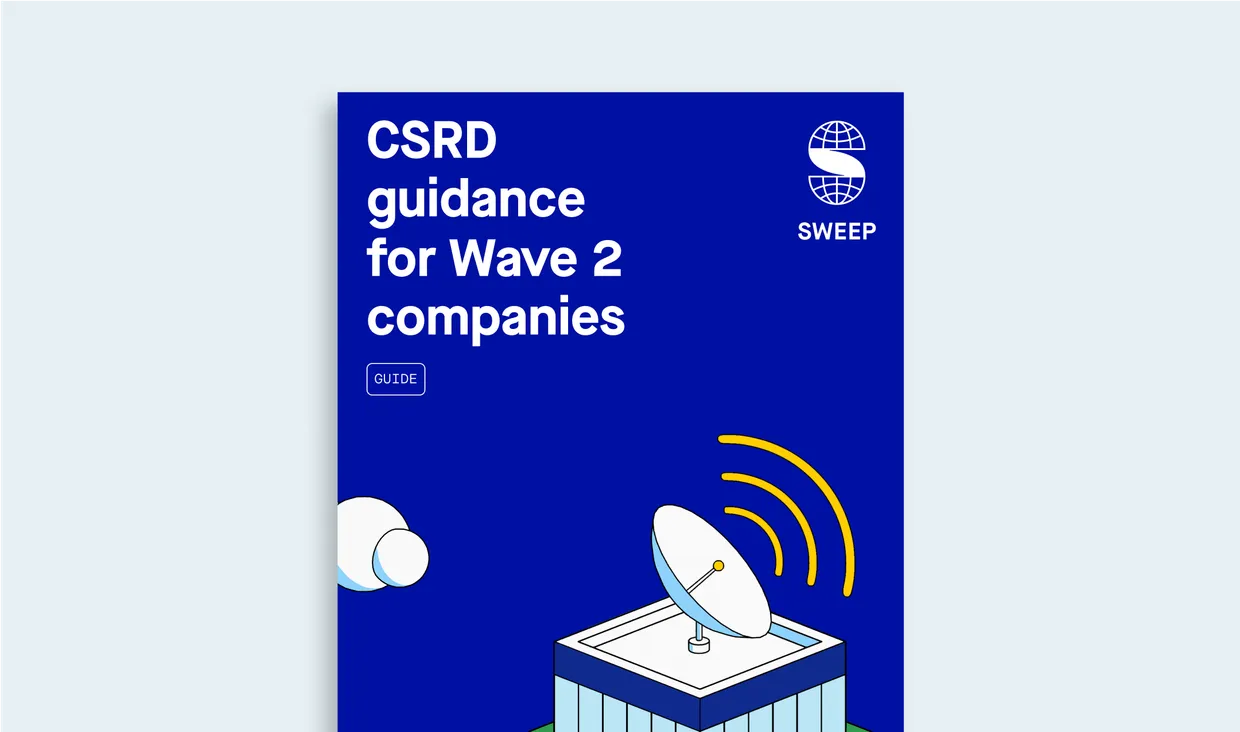As the first wave of companies completes their CSRD-aligned disclosures, valuable lessons are emerging on what makes the process successful – or painfully inefficient. The Corporate Sustainability Reporting Directive, or CSRD is more than a reporting exercise. It’s a transformation in how companies understand their impact, govern sustainability, and connect environmental and financial performance.
Companies preparing to report in the coming years now have a rare advantage: they can learn directly from those who have already done it. The guidance below draws on insights from early reporters such as L’Oréal, Voltalia, Qonto, and Auchan, as well as expert perspectives from François Gemenne (IPCC Lead Author and climate resilience specialist), David Carlin (international sustainability advisor), and Julien Denormandie (former French Minister of Agriculture).
The message is consistent: identify, and then focus on what matters most to your organization, build governance that spans the whole business, align targets with KPIs, engage your value chain deeply, and secure leadership sponsorship from the start. Each of these steps is essential to making your CSRD report not just compliant, but credible and actionable.









